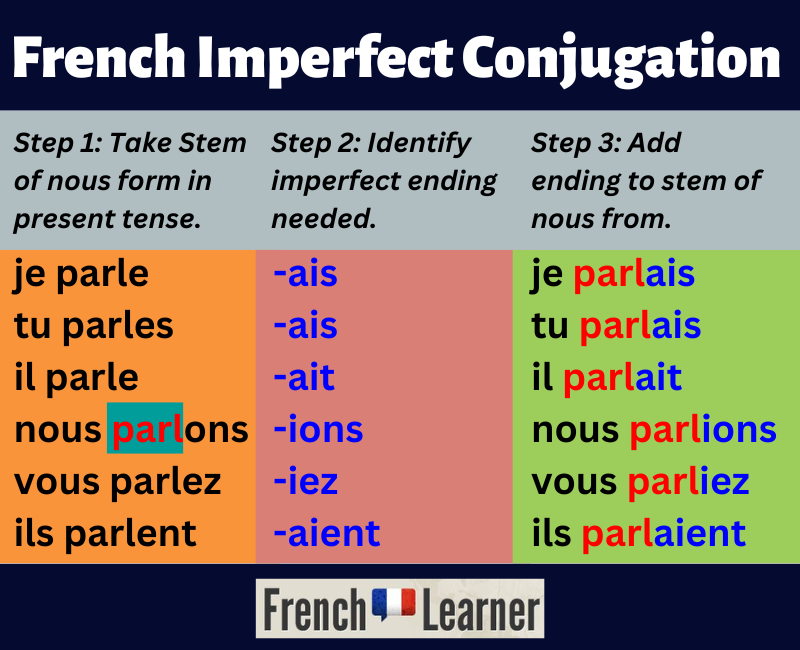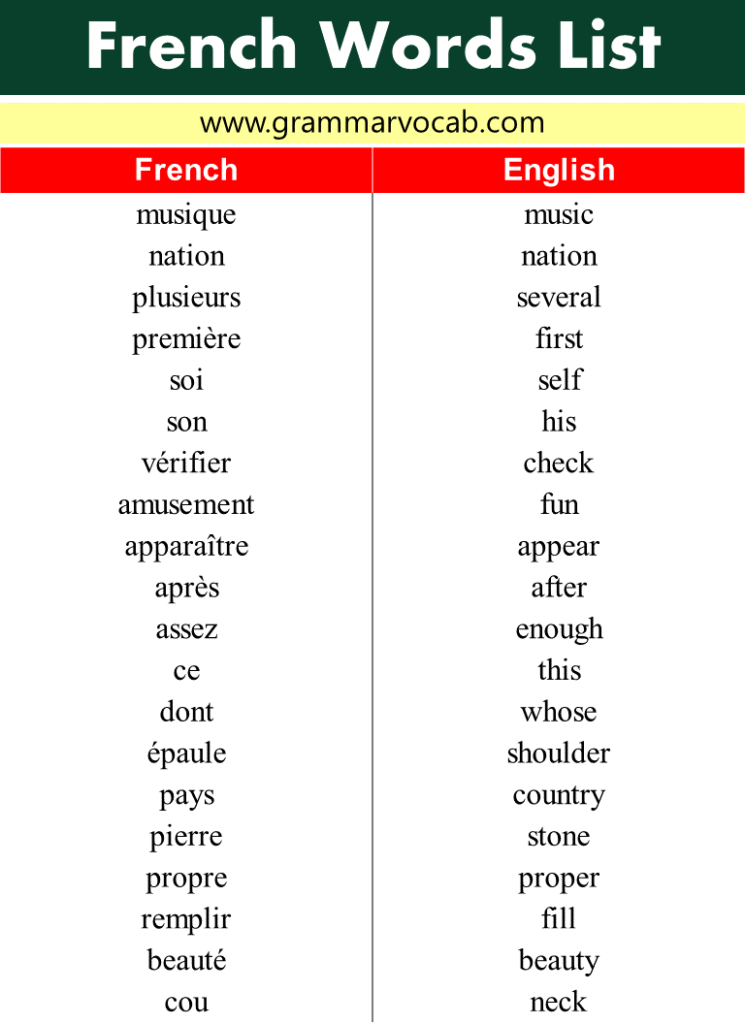French Open Rain Delay: What Happens When Roland Garros Gets Wet
When the skies open up over Paris during the French Open, it can bring a very real halt to the action on the clay courts. This event, so it seems, is a yearly spectacle where the weather often plays a starring role, causing a French Open rain delay that can really shake things up for players and fans alike. The tournament, famously held at Roland Garros, is known for its unique red dirt surface, which, as a matter of fact, reacts quite differently to moisture compared to other court types around the tennis world.
A sudden downpour, you know, can throw a wrench into the carefully planned schedule, forcing matches to stop and spectators to seek cover. For the athletes, it means a break in their rhythm, a cooling down of muscles, and perhaps a long wait before they can resume their pursuit of glory. For those watching, whether from the stands or at home, it brings a moment of suspense, wondering when the play might begin again, or if matches will be moved to another day, which can be, well, a bit of a bummer.
This piece will explore just what happens when the rain decides to join the French Open, how it impacts the tournament, and what steps are put in place to keep the show going. We will, in fact, look at the distinctive qualities of the clay courts, the decisions made by tournament organizers, and the solutions that help manage these weather-related interruptions. It's really about understanding the ebb and flow of this grand tennis event when nature takes a hand.
- Hilton Hotels On Duvaltreet Key West
- Skylar Digginsmithtats
- Brigitte Nielsen
- North Hills Aaa
- Mastiff Mix Dogs
Table of Contents
- Why Rain is a Factor at Roland Garros
- How Rain Delays Unfold
- Impact on Players and Fans
- Recent Innovations: The Roof at Court Philippe-Chatrier
- Looking Ahead: The Future of French Open Weather
- Frequently Asked Questions About French Open Rain Delays
Why Rain is a Factor at Roland Garros
The French Open, or Roland Garros as it's often called, takes place in late May and early June, a period when Paris can experience quite changeable weather. This means, in a way, that rain showers are a pretty common occurrence during the two weeks of the tournament. Unlike other major tennis events, Roland Garros is played entirely on clay courts, which presents its own unique set of considerations when it comes to wet weather.
The Clay Court Challenge
Clay courts are made of several layers, with a top layer of crushed brick, as you might know. This surface is, in fact, quite absorbent, which means it holds onto water. When it rains, the clay can become very slippery and heavy, making it unsafe for players to compete. A wet clay court also plays differently; the ball bounces higher and slower, which can change the whole feel of a match. So, keeping the court in playable condition after a downpour is a real task for the ground staff, who must dry it out and get it just right before play can resume.
The very nature of this playing surface means that even a light drizzle can cause a temporary halt. The ground crew needs to assess the court's condition constantly. They have to make sure it's not too slick, or that the ball won't leave a huge mark, which might affect the game. It's a delicate balance, really, to ensure player safety and fair play, and it's something that makes the French Open rather distinctive among the Grand Slams.
- Shopritetore Locator Pa
- Cinema West Hartford
- Buffalo Bills Quarterback History
- Adjectives For Curiosity
- How Old Vince Gill
Historical Impacts of Weather
Historically, rain has caused significant disruptions at the French Open. There have been instances where entire days of play were washed out, pushing matches into the next day or even causing the tournament to extend beyond its planned two weeks. This has, in fact, led to some players having to play matches on consecutive days, which can be quite taxing on their bodies. You know, it really tests their endurance and mental fortitude.
These weather interruptions have shaped some memorable moments in the tournament's past, too it's almost. Sometimes, a long rain delay has been seen as a chance for a player to regroup, or perhaps, for another, it has broken their momentum. The stories of these weather-impacted tournaments are, in some respects, part of the rich tapestry of Roland Garros history, showing how unpredictable nature can be, even in the world of professional sport.
How Rain Delays Unfold
When the rain starts to fall at Roland Garros, a series of actions are put into motion to manage the French Open rain delay. This involves quick decisions by officials and diligent work by the court maintenance teams. It's a well-practiced routine, actually, that aims to get players back on court as soon as it's safe and possible.
The Decision-Making Process
The tournament referee, in consultation with weather experts and court supervisors, makes the call to suspend play. This decision is based on a few considerations: the intensity of the rain, the safety of the players on the slippery clay, and the forecast for the immediate future. They have to weigh, you know, whether it's just a passing shower or something more prolonged. Once play is stopped, covers are quickly pulled over the courts to protect the surface from getting too saturated. This helps to keep the clay in the best possible condition for when the rain stops, and is, in a way, a race against the elements.
Announcements are made to the spectators and broadcast to those watching from afar, giving updates on the situation. These updates, too it's almost, are crucial for managing expectations and keeping everyone informed. The officials are constantly monitoring the weather radar, looking for a window of opportunity to resume play. It's a bit like a waiting game, honestly, where patience becomes a very important quality for everyone involved.
Keeping the Courts Ready
Once the rain eases, the ground staff springs into action. They use specialized equipment, like large squeegees and blowers, to remove standing water from the court surface. Then, they work on drying the clay, often using rollers to compact it and ensure an even, firm playing area. This process can take anywhere from 30 minutes to several hours, depending on how much rain has fallen and how wet the court has become. It's a pretty physical job, you know, and requires a lot of skill and coordination.
They also rake and brush the surface to redistribute the clay particles and ensure the court is perfectly smooth and consistent. This attention to detail is, in fact, why the Roland Garros courts are considered some of the finest clay courts in the world, even after a significant downpour. The effort put into preparing the courts is, arguably, a testament to the dedication of the tournament organizers to provide the best possible conditions for the players.
Impact on Players and Fans
A French Open rain delay affects everyone involved, from the top-ranked players vying for the title to the passionate fans who have traveled from all corners of the globe. It creates a pause, a moment of uncertainty, that can truly change the dynamic of the tournament. So, understanding how these interruptions play out for both groups is pretty important.
Players Adjusting to the Pause
For the athletes, a rain delay can be a mixed bag. On one hand, it offers a chance to rest, rehydrate, and consult with their coaches. Some players might use the time to analyze their opponent's game or adjust their strategy. However, it can also disrupt their focus and momentum, especially if they were playing well. Getting warmed up again after a long break, you know, can be a challenge, and maintaining peak physical and mental readiness for hours can be really draining.
Players often head back to the locker rooms or designated player areas, trying to stay loose and mentally prepared for when play resumes. They might listen to music, read, or just chat with their team. The ability to handle these interruptions with calm and flexibility is, in some respects, a mark of a truly experienced player. It's not just about hitting the ball; it's about managing the unexpected, which, as a matter of fact, is a big part of professional sport.
The Spectator Experience
Fans at Roland Garros, naturally, come prepared for a full day of tennis. When a French Open rain delay hits, they often scatter to covered areas, like the concourses, food stalls, or official shops. Many bring umbrellas and rain ponchos, ready for whatever the weather brings. There's usually a buzz in the air, with people checking their phones for updates, chatting with fellow fans, or grabbing a bite to eat. It's a bit of a social event, even during the pause, which is kind of cool.
The tournament organizers do their best to keep the crowd entertained and informed. Screens around the grounds display updates, and sometimes, you know, there might be music playing. While a delay can be frustrating, many fans see it as just part of the Roland Garros experience, a chance to soak in the atmosphere of Paris, the city where, in fact, French is spoken by about 267 million people as a native language about by about 79 million people, as a second. This connection to the French language and culture is, in a way, a unique aspect of this Grand Slam, and something that Google's service, offered free of charge, instantly translates words, phrases, and web pages between English and over 100 other languages, making it easier for everyone to enjoy the event.
Recent Innovations: The Roof at Court Philippe-Chatrier
For many years, the French Open was the only Grand Slam tournament without a retractable roof on its main court. This meant that every single rain shower, however brief, could cause a French Open rain delay. However, this changed relatively recently, bringing a new era to the tournament's premier stadium. It was a pretty significant development, honestly, for the event.
A Game Changer for the Main Court
Court Philippe-Chatrier, the tournament's main show court, now features a retractable roof. This addition, completed in 2020, has been a real game-changer. It means that matches on this court can continue uninterrupted, even during heavy rain. The roof, which consists of 11 steel wings, can close in about 15 minutes, allowing play to resume quickly after a downpour begins. This, you know, provides a much smoother experience for both players and spectators on the biggest stage.
The ability to guarantee play on the main court has had a huge impact on scheduling. It means that at least one high-profile match can always be completed, which is, in fact, a big relief for broadcasters and fans. It also helps to prevent the backlog of matches that used to plague the tournament during wet weather periods. This modern improvement, too it's almost, has brought Roland Garros in line with other major tennis events, ensuring that the spectacle of tennis continues, come rain or shine.
What About the Other Courts?
While the roof on Court Philippe-Chatrier is a fantastic addition, it's important to remember that the other courts at Roland Garros still do not have covers. This means that a French Open rain delay can still affect the majority of matches being played across the grounds. So, while the main event might continue, play on the outer courts will still be subject to the whims of the weather. This is something, you know, that spectators with tickets for those courts still need to keep in mind.
The tournament organizers have to prioritize matches for the main court during rainy periods, which can sometimes mean that matches on other courts are postponed or rescheduled for later in the day, or even the next day. It's a constant balancing act, apparently, to ensure fairness and to get all the matches played within the tournament window. This is, in a way, just how outdoor tennis events work, and it's part of the charm and challenge of the sport.
Looking Ahead: The Future of French Open Weather
The French Open, like all outdoor sporting events, remains at the mercy of the weather. While the new roof on Court Philippe-Chatrier has certainly helped, rain delays will likely remain a part of the Roland Garros experience for many years to come. The tournament organizers are always looking for ways to improve the event, and this includes managing the impact of unpredictable weather patterns, which, as a matter of fact, seem to be changing more and more.
Future developments might include additional covered courts, though this would involve significant construction and planning. For now, the focus remains on efficient court drying, flexible scheduling, and clear communication with fans. The love for tennis, and for the unique challenge of clay court play, ensures that fans and players alike will continue to embrace the French Open, rain or shine. It's about the sport, you know, and the spirit of competition, which truly shines through, even when the clouds gather.
Frequently Asked Questions About French Open Rain Delays
Here are some common questions people often have about French Open rain delays, offering quick answers to what happens when the weather turns wet at Roland Garros.
What happens if it rains during a French Open match?
If it starts to rain during a match at the French Open, play is usually suspended immediately. Officials will decide if the rain is light enough to continue or if covers need to be brought out. Players leave the court, and everyone waits for the weather to clear and the court to be made ready again. This can mean a short pause or a much longer wait, depending on the intensity and duration of the rainfall, which is, in fact, a pretty common occurrence.
Can I get a refund if my French Open tickets are affected by rain?
The policy for refunds or exchanges due to a French Open rain delay can vary. Generally, if less than a certain amount of play (e.g., two hours) has occurred on a specific court for the day, ticket holders might be eligible for a partial refund or a credit for a future session. It's always best to check the official Roland Garros ticket terms and conditions for the specific year you are attending, as they can, you know, change. This information is typically available on the official tournament website.
Does the French Open have a roof on any of its courts?
Yes, as of 2020, the main court at Roland Garros, Court Philippe-Chatrier, has a retractable roof. This allows matches on that specific court to continue without interruption during rain. However, the other courts at the French Open do not have roofs, so play on those courts is still subject to rain delays. This means, in a way, that the weather can still impact a large part of the tournament schedule, even with the new roof on the main court.
Learn more about French Open history on our site, and link to this page for live updates during the tournament.
- Donald Trump Children Names
- Elements Tableong
- Timeless Tours
- Wonder Woman Andteve Trevor
- Actress Emily Hampshire

french-imperfect-conjugation | FrenchLearner.com

French Vocabulary: Family - French Online Language Courses | The

French Words List - GrammarVocab